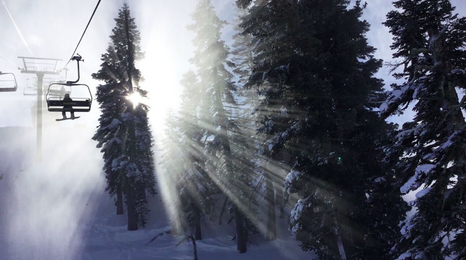Offshore Wind Farms - An Alternative Energy Source
Originally slated for Montuak or Cape Cod, America’s first offshore wind farm has gone up off the coast of Block Island, Rhode Island.
In the next few weeks, these five turbines will be placed in service, creating enough electricity to power 17,000 homes. And, they’re our first step toward generating our own offshore wind power.
America’s wind farm efforts have concentrated off the northeast coast. The Cape Wind project off the cost of Cape Cod, Massachusetts, has been in development since 2005, and despite obtaining all of the local, state, and federal permits to build the project in 2010, construction has been stalled from local NIMBY opposition. Deepwater Wind, an offshore wind farm developer, submitted a proposal to build a 35 turbine farm 30 miles off the coast of Montauk, Long Island in 2014, but the project was rejected by the local utilities, LIPA and PSEG, who decided to meet their renewable energy commitments with solar instead. Finally, in 2015, another project by Deepwater Wind was approved off the coast of Rhode Island, and its construction is expected to be complete this month. The momentum has also led to Deepwater Wind’s South Fork project moving forward through the permitting process, although a final decision has been placed on hold at NYSERDA’s request.
While this is the first offshore wind farm for America, many other countries have been successfully using the technology for years. Denmark installed the first offshore wind farm 25 years ago in 1991. To date, there are 4.45 GW of offshore wind farms operating around the world, with over 35 MW coming online soon. The UK will soon install the world’s largest offshore windfarm, Hornsea Project One, which is expected to power over one million homes when construction is complete in 2020.
Some of the advantages of offshore wind include higher wind speeds, location and using space that would be otherwise vacant. They’re also away from homes and land development, removing barriers like noise concerns and work zones taking up space. This also leaves more opportunity for open space conservation, preserved wildlife areas, and of course – winter sports.
Welcoming America’s first offshore wind farm is a great step in a new direction. The Solutions Project estimates that 17.5% of America’s power could come from offshore wind, and we’re only beginning to tap into that potential. A robust mix of clean energy sources will lead us into a clean energy future, with lower greenhouse gas emissions, and (hopefully) continued snowy winters.
- Mellisa Boo

